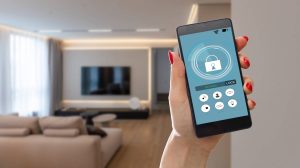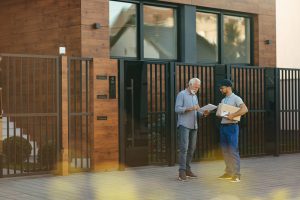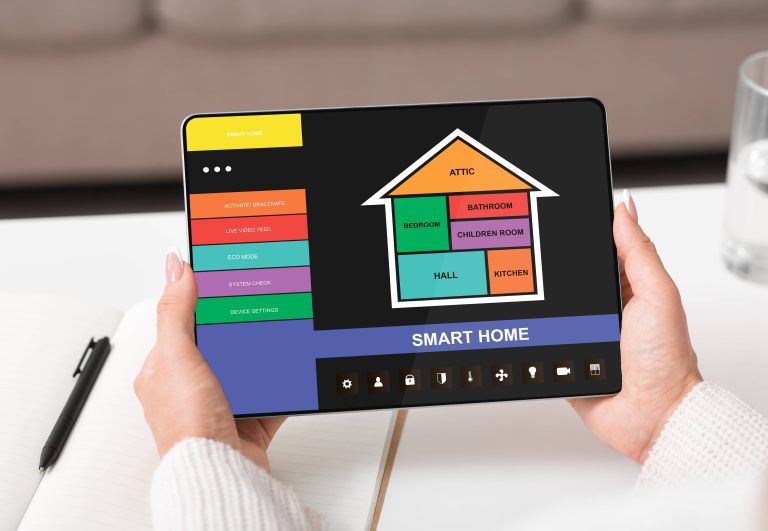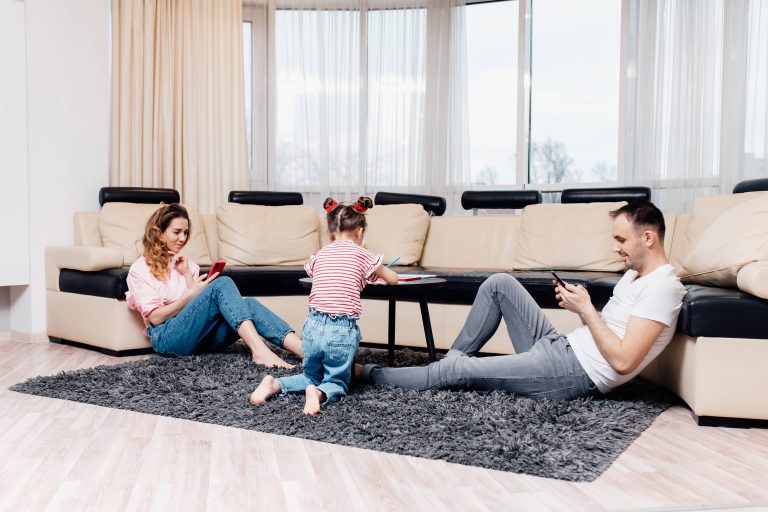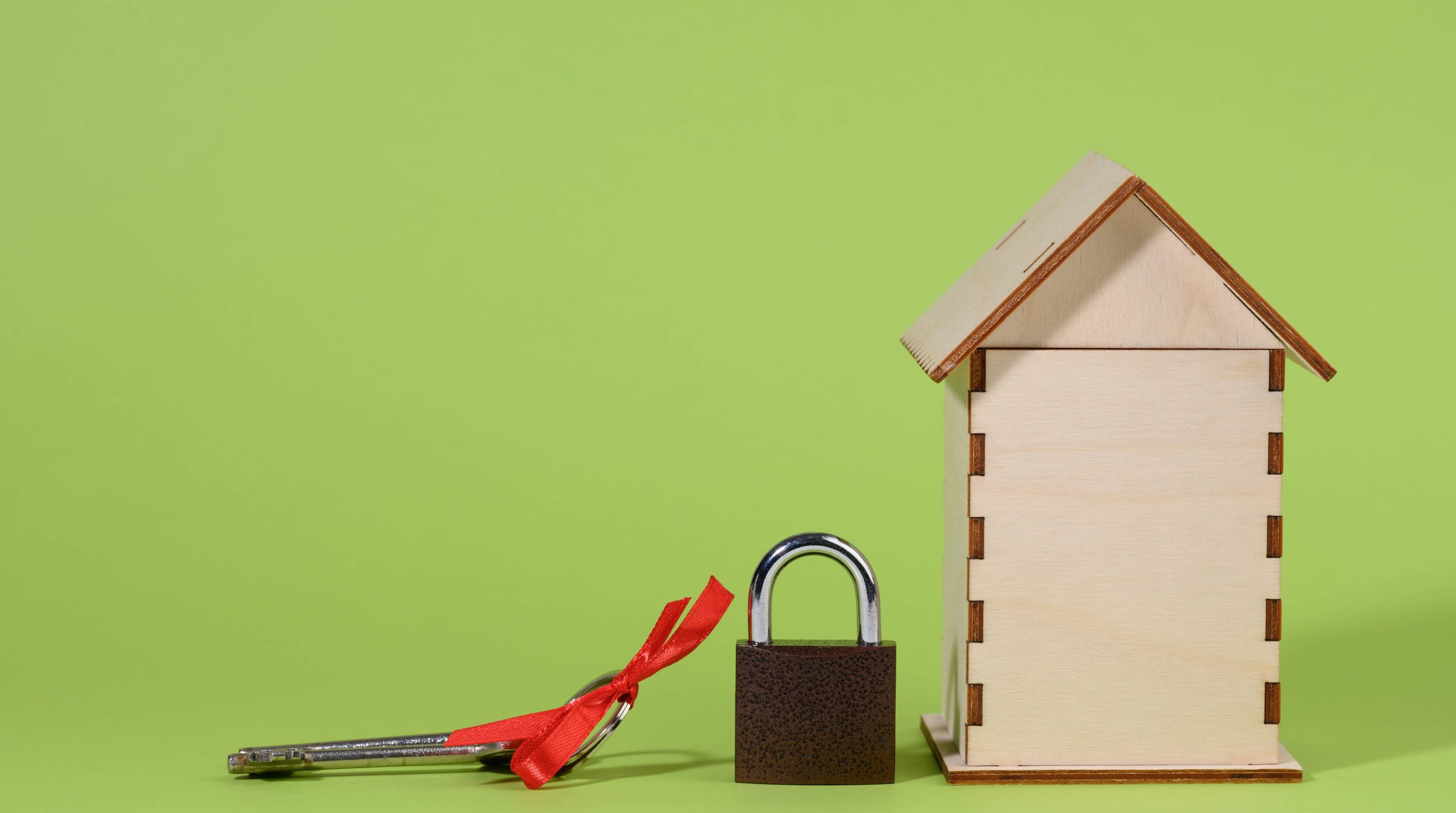
As technology continues to evolve, the convenience and security it can bring to our daily lives is nothing short of remarkable. One area where these advancements have profoundly impacted is home security. Automation technology has stepped up the game, enabling homeowners to customize their security systems to their needs and lifestyles. A particularly effective and increasingly popular strategy for enhancing home security involves automating security measures based on the time of day.
The Basics of Home Security Automation
Home security automation revolves around integrating various security devices and systems into a centralized control unit, which can be managed through a smartphone app, tablet, or even voice command. Devices such as cameras, door locks, alarm systems, and lighting systems can communicate with one another, providing a seamless security experience tailored to the homeowner’s preferences.
A critical aspect of this automation is programming these devices to perform specific actions at designated times of the day. By automating security measures based on the time, homeowners can ensure that their homes are safeguarded efficiently without having to manually manage the system constantly.
Morning Routine: Setting the Stage for the Day
The morning hours often signify a busy time for families, with members getting ready for work or school. During this period, the home might be more vulnerable as attentions are divided, making it essential to have a security setup that compensates for this temporary lack of focus.
Consider setting up your smart lighting system to turn on specific lights around the house gradually, simulating sunrise to help everyone wake up more naturally while illuminating all entry points, making it easier to notice any unusual activity. Smart door locks can be programmed to automatically secure all entrances once the typical departure time arrives, ensuring that every door is locked, even in the rush of leaving the house.
Daytime Security: Maintaining Vigilance
During the daytime, homes are often left unoccupied as members are out for work, school, or errands. This is an opportune time for automated security systems to shine. Smart security cameras equipped with motion sensors can monitor and record any unexpected movements both inside and around the perimeter of the home. High-definition video feeds can be accessed in real-time via your smartphone, providing peace of mind wherever you are.
Ensure that your smart locks are programmed to lock promptly at times when the house is typically empty. Additionally, integrating sensors on windows and doors can trigger alerts if someone attempts to access the home during your absence. These sensors can be connected to your smart home hub, sending immediate notifications to your phone if unusual activity is detected.
Evening Security: Ensuring Safety as Darkness Falls
As the sun sets, the evening brings another set of security challenges. Intruders might see the cover of darkness as an opportunity, making it crucial to have automated systems that respond to this threat. Setting up your outdoor smart lights to activate at dusk can deter potential intruders while providing adequate lighting for returning family members.
Automate indoor lights to switch on in various rooms at different times, simulating occupancy even if the house is empty. This can further dissuade any opportunistic burglars. Smart locks and alarm systems should also transition to a more sensitive mode, alerting you to any potential breaches immediately. Additionally, setting up geofencing around your home can automate your security devices to arm when you leave a designated perimeter and disarm upon your return.
Night Security: The Final Line of Defense
Nighttime is where automated security systems can combine multiple functions to create a near-impenetrable barrier. As everyone settles in for sleep, your smart security system can shift into night mode. This could involve ensuring all smart locks are secured, activating motion sensors in strategic places, and setting cameras to record and save footage automatically.
Indoor cameras, particularly in common areas, can keep an eye on any movements during the night, alerting you to any unexpected activities without waking the entire household. Meanwhile, smart doorbells equipped with video and audio features can provide real-time alerts and allow you to communicate directly with visitors without opening the door, adding an extra layer of security.
Enhancing Privacy within Home Automation
While automating home security offers numerous benefits, it’s essential to consider privacy implications. Homeowners should choose reliable, secure systems from reputable brands, ensuring that all data encryption practices are followed to avoid potential breaches. Regularly updating the firmware of your devices can protect against vulnerabilities, while strong, unique passwords for your smart home apps can prevent unauthorized access.
Furthermore, if privacy concerns arise regarding indoor cameras, homeowners can choose to activate them only during specific times or when the house is unoccupied. This ensures that family activities are not constantly monitored, maintaining a balance between security and privacy.
Conclusion
Automating home security based on the time of day is a powerful strategy that maximizes the benefits of modern smart technology. By precisely programming your system to respond to the unique security needs of each part of the day, you can ensure a robust, responsive, and convenient security solution that offers peace of mind around the clock. As technology continues to advance, the possibilities for home security automation will only expand, providing an increasingly sophisticated shield for our homes and loved ones.

